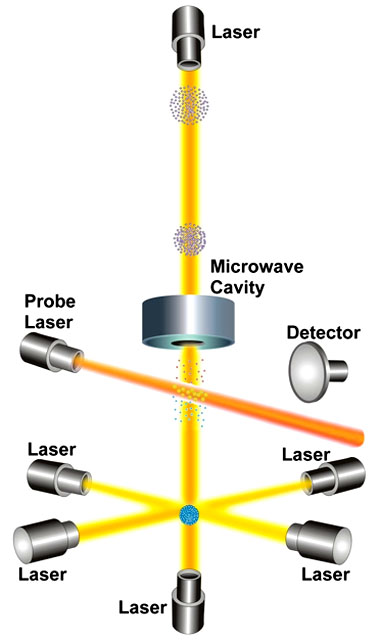Yes. And get this: it is the speed of light. The speed of light at the ceiling is greater than the speed of light at the floor. If it wasn't, light wouldn't curve and your pencil wouldn't fall down. Have a read of what Irwin Shapiro said: "The proposed experiment was designed to verify the prediction that the speed of propagation of a light ray decreases as it passes through a region of decreasing gravitational potential". Have a read of Ned Wright’s Deflection and Delay of Light and clock this: "In a very real sense, the delay experienced by light passing a massive object is responsible for the deflection of the light”. Light doesn’t curve because spacetime is curved. Einstein never said that. It curves because the speed of light varies with position. Like a car veers when it encounters mud at the side of the road.I'm confident that, as Nimbus states, Koks is talking about the coordinate speed of light. Are you?

No it isn't. The issue is with what you've been taught. It's wrong. The locally-measured speed of light is constant because of a tautology*, wherein we use the local motion of light to define the second and the metre, which we then use to measure the local speed of light. Climb up to the ceiling and measure the speed of light, and you deem it to be 299,792,458 m/s. Do the same at the floor and again you deem it to be 299,792,458 m/s. But the seconds aren't the same, so the speeds aren't the same. And there is no time flowing though your optical clock, just light, moving. So when your clock goes slower it's because the light goes slower.The issue isn't with the material you quote, but rather, your interpretation of it.
* See http://arxiv.org/abs/0705.4507 and note this: "The unit of time is defined by an oscillating system or the frequency of an atomic transition, and the unit of space is defined in terms of the distance travelled by light in the unit of time. We therefore have a situation akin to saying that the speed of light is “one light-year per year”, i.e. its constancy has become a tautology or a definition".

